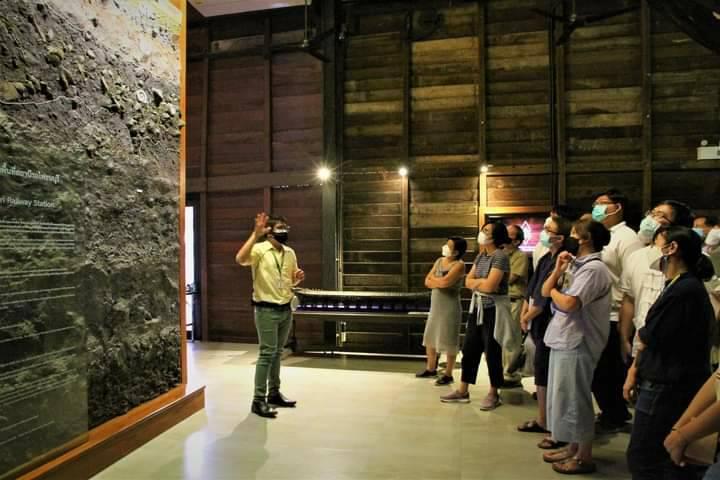
Siriraj Hospital's Bimuksthan Museum is to host one of the four legs of the "Revitalising Bangkok" historical exhibition.
It is designed to educate a new generation about the history of Thon Buri, the former capital of Thailand.
"The museum is using the theme of technology for its presentation. We hope it can be a place for people to learn and connect with the story of this area and nearby communities," said Dr Thumthip Saengruji, chief of the museum said.
Funded by Thailand Science Research and Innovation (TSRI) and organised by historians and academics at Silpakorn University, Dr Thumthip said the aim is to show how the hospital is more than just a centre for treatment, but is also a source of local knowledge and a hub for learning and culture.
"The museum is available for everyone and our team has done a great deal to unearth some tremendous artefacts," she said.
The exhibits include objects buried during the construction of Siriraj Piyamaharajkarun Hospital, such as houseware, ceramic roof tiles and the largest wooden boat ever found in the Chao Phraya River basin, with a length of 25 metres, according to Dr Thumthip.
Siriraj Piyamaharajkarun Hospital is adjacent to Siriraj Hospital.
Chatri Prakitnonthakan, of the Faculty of Architecture, who is leading the project, said "Revitalising Bangkok" consists of four main sites such as the Sao Ching Cha (Giant Swing), Tuk Din (Democracy Monument) and Ta Tien (Tien Pier).
The study is based on ancient maps, photos, objects and documents that his team pieced together into a representation of the capital's local history
He said organisers had selected four significant periods in the kingdom's history, with one to be represented at each venue -- the Thon Buri period, the reign of King Rama V during the construction of the Bang Kok Noi Railway station, World War II and the present.
Kannika Suteerattanapirom, of the Faculty of Archaeology, said the layer of history around Siriaj Hospital's compound provides an excellent example of life during the time of the old capital.
One interesting fact they had gleaned was from a map drawn by a Burmese spy which showed that the area once housed a white elephant camp, she said.
Other maps and blueprints unearthed showed that in BE2430 the compound was one of the official residences of Chiang Mai city's administrative chief, while during WWII, it was a Japanese military camp.







